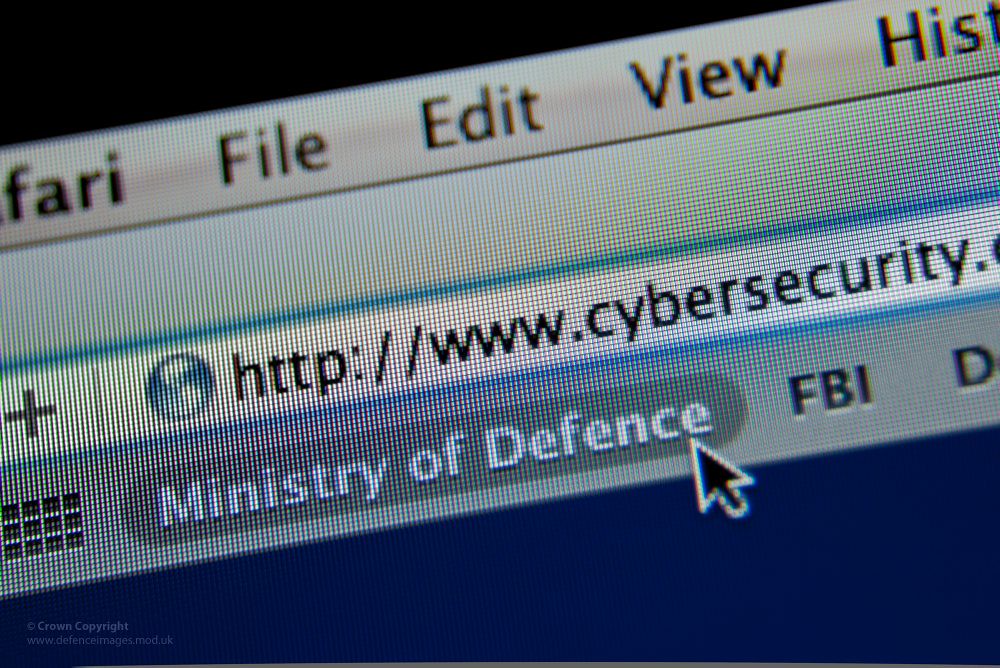Emerging Cyber Threats You Need to Know About in 2024
As we head towards 2024 Being aware of these emerging threats is crucial to safeguarding information and upholding digital security. This article explores the trends in cyber threats that everyone should keep an eye on in the upcoming year.
Ransomware Incidents
In 2024 ransomware continues to pose a danger with attackers growing more sophisticated. These attacks involve software that encrypts a victims data and demands payment for decryption.

Recent data indicates a rise in targeted incidents affecting critical sectors like healthcare and finance.
To combat these threats organizations need to establish security measures. Regular data backups, employee training programs and updated security protocols are steps. Moreover utilizing threat detection tools can aid in detecting and preventing ransomware attacks before they wreak havoc.
The surge in incidents has pushed governments and cybersecurity bodies to offer guidance and assistance to businesses facing such risks. For example the Cybersecurity and Infrastructure Security Agency (CISA) offers resources to assist organizations in defending against these dangers.
Phishing Schemes
Phishing scams remain prevalent, as one of the cyber threats in 2024. These schemes deceive individuals into sharing information by posing as legitimate entities.
Attackers employ tactics, such as emails, text messages and even social media platforms. One noticeable trend is the rise in spear phishing attacks which're highly targeted and personalized. Unlike phishing emails spear phishing messages are customized for specific individuals or organizations making them more challenging to spot.
- Check the senders email address for verification.
- Refrain from clicking on links.
- Implement multi factor authentication (MFA).
- update your passwords.
Educational campaigns and awareness programs play a role in combatting phishing scams. People should undergo training to identify signs of phishing attempts and learn how to report any activities. According to Proofpoints report than 80% of organizations encountered phishing attacks within the last year.
Internet of Things (IoT) Vulnerabilities
The widespread use of devices has introduced fresh vulnerabilities that cybercriminals are quick to exploit. These devices often lack security measures making them appealing targets for attackers. In 2024 we anticipate a surge, in attacks aimed at home gadgets, industrial control systems and connected vehicles.
Securing Internet of Things (IoT) devices requires following a set of recommended practices;
- Change the default passwords for all devices.
- Keep the firmware up to date.
- Place devices on a separate network.
- Monitor network traffic for any behavior.
A study conducted by Gartner predicts that by the year 2025 there will be than 75 billion interconnected IoT devices globally. This rapid expansion emphasizes the necessity for security measures to safeguard against potential risks.
Supply Chain Attacks
Supply chain attacks have emerged as a cybersecurity concern. These attacks focus on third party vendors or suppliers to infiltrate organizations. The known SolarWinds breach highlighted the severe impact supply chain compromises can have.
To address supply chain risks
- Conduct thorough assessments of third party vendors.
- Enforce access controls.
- Regularly review compliance with supply chain partners.
- Utilize endpoint detection and response (EDR) solutions.
The National Institute of Standards and Technology (NIST) offers guidance on managing supply chain risks and enhancing cybersecurity practices.
Zero Day Exploits
Zero day exploits pose a threat in the cybersecurity realm. These exploits exploit vulnerabilities in software or hardware enabling attackers to carry out malicious actions without detection. The increase, in zero day exploits underscores the significance of vulnerability management.
| Year | Number of Zero-Day Exploits Reported | Major Incidents |
|---|---|---|
| 2020 | 30+ | Sophos XG Firewall Attack |
| 2021 | 50+ | Kaseya VSA Ransomware Attack |
| 2022 | 60+ | Zerologon Vulnerability Exploit |
It is crucial for organizations to focus on patch management and establish partnerships with software vendors to ensure timely updates. Deploying advanced threat intelligence solutions can also assist in identifying zero day vulnerabilities before they are exploited.
Maintaining cyber hygiene practices forms the bedrock of effective cybersecurity.
Simple actions such as software updates, robust password protocols and ongoing employee training can significantly lower the risk of falling prey to cyber threats. The European Union Agency for Cybersecurity (ENISA) highlights that adhering to cybersecurity measures can thwart up to 85% of common attacks—an indicator of their critical importance.
Taking a stance involves conducting routine security assessments and staying abreast of emerging threats through credible sources like cybersecurity blogs and industry reports.
Given the changing landscape of cyber threats encompassing ransomware attacks, phishing schemes, IoT weaknesses, supply chain breaches and zero day exploits among others; it is essential for both individuals and organizations to remain vigilant and adaptable. Staying informed about these emerging threats enables protection, against potential harm.
In 2024 it's crucial to establish security protocols and promote a culture of cybersecurity awareness to protect our digital assets. With technology evolving cybercriminals are becoming more sophisticated in their methods. Educating ourselves consistently taking steps and working closely with cybersecurity professionals are key, in reducing risks and maintaining a safe online space for everyone.